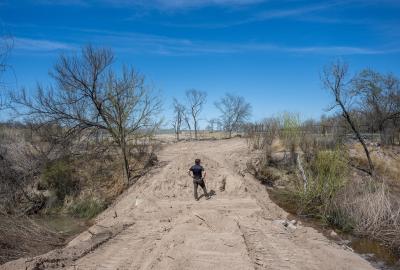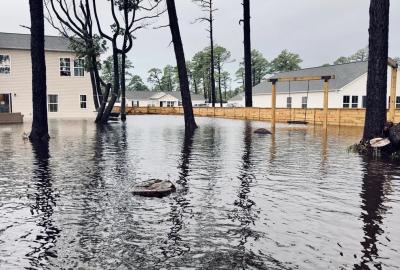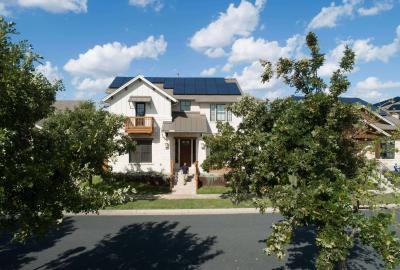Ukraine’s green energy future
In the midst of a devastating war, Ukrainians find hope in renewable energy.
A former member of the Ukrainian Parliament, Olga Bielkova is many things: A patriot. A planner. A mother whose son is now in the army.
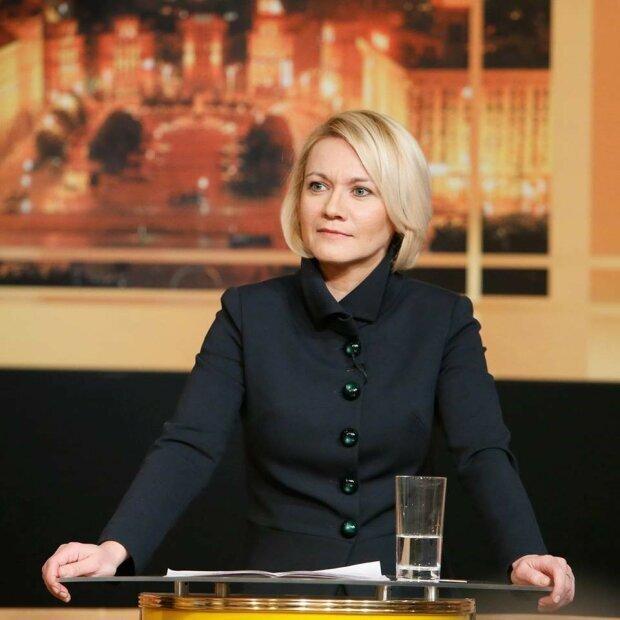
She’s a visionary, too. Bielkova has been working both inside Ukraine and outside the country on new ways to rebuild Ukraine’s electric system, using renewable energy. Its power plants and electric grid — Soviet-era relics — have been subject to relentless bombing since the war began in February 2022. More than 60% of the grid has been damaged or destroyed.
In the midst of this all, the country has created a National Energy and Climate Plan to cut greenhouse gas emissions by 65% below 1990 levels by 2030 and to net zero by mid-century. That plan is a step on the pathway to eventual membership in the European Union. Nevertheless, it’s more ambitious than the plans of many nations enjoying peacetime’s benefits.
Like much of the world, though, Ukraine lacks enough skilled personnel — energy managers, solar installers, wind power technicians — to make the transition.
Bielkova hopes to help fix that through a project aimed at training Ukrainians both inside and outside the country in clean energy skills. She spoke with us about the proposed program and other energy challenges and opportunities her country faces as it fights this war.
For those of us who don’t know much about Ukraine, tell us what we need to know.
Ours is a big country, just a little bit smaller than Texas. We had a pre-war population of about 44 million people. In 1991, we became independent from the Soviet Union. Ukraine is also a highly educated country. But economically, we are still an emerging nation, one of the poorest in Europe.
And I would say that we’re a pragmatic people. A resilient people. We have a lot of ambition.
How has life changed in Ukraine since the war began?
What can I say? Like a lot of people, my family and I woke up on the morning of February 24, 2022 to the sound of bombs going off near our home. Interestingly, this happened just hours after the country began a pilot program to disconnect our electric grid from the Russian grid and connect it to the European grid. The pilot was supposed to last just three days. But, of course, after the invasion, we needed to make this transition permanent as soon as possible.
You have seen in the news the incredible displacement and loss of life that we are experiencing. Tens of thousands of people have been injured or killed, including children, civilians and soldiers. Many people fled from the eastern part of Ukraine, where there is the most fighting, to the western part of Ukraine or to other places in Europe.
But life also goes on in our country. We have weddings and birthday celebrations in addition to funerals. You see people singing and celebrating. It might seem a little surreal. But we need this kind of hope and renewal.
It's impressive that you can think about rebuilding the electric grid at a time like this, especially a new grid that optimizes the benefits of clean energy.
We have to. It’s not just that people are without power for long hours at a time. That you can’t boil water for tea or prepare food or take a shower when you want to. We need power for our businesses and our hospitals.
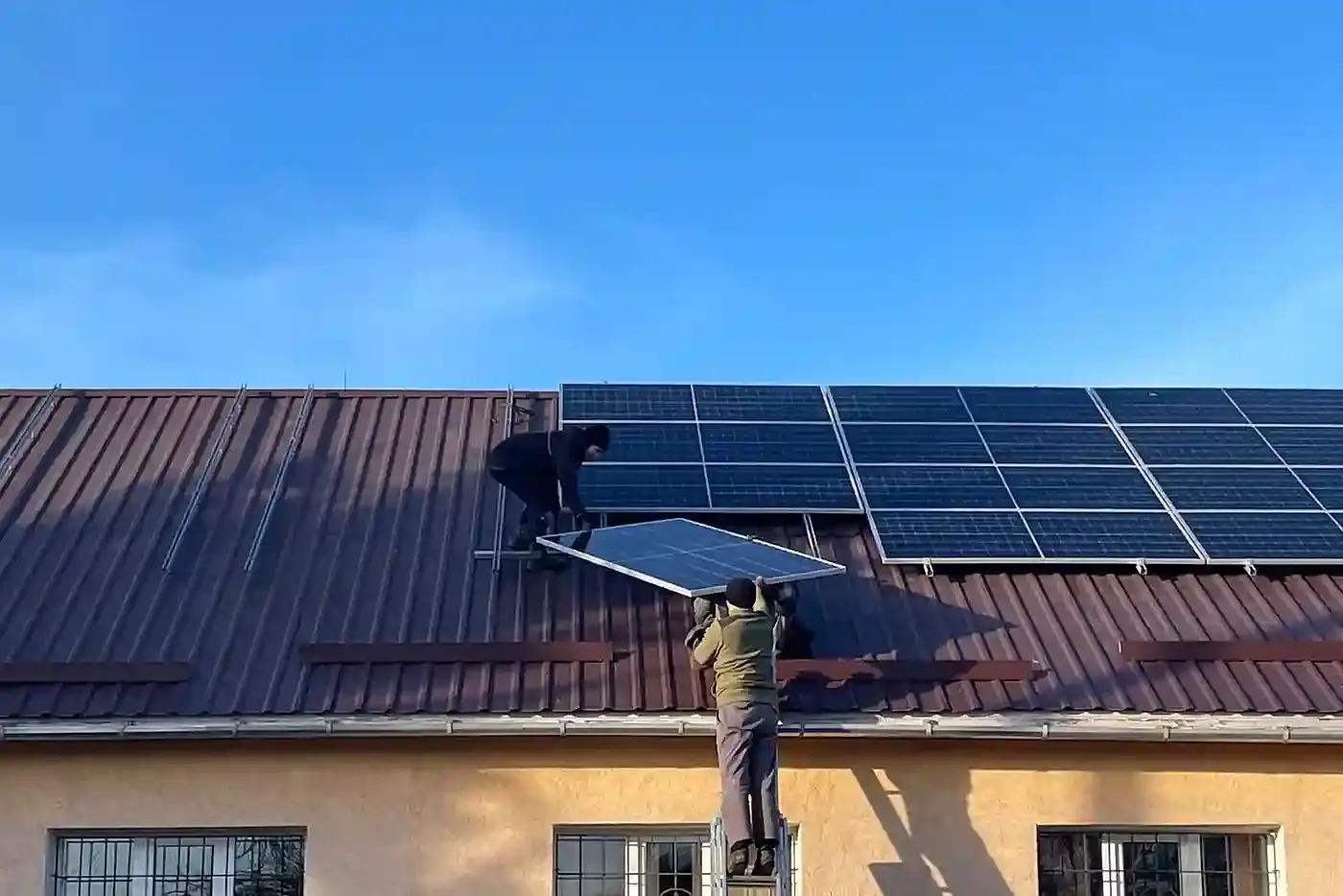
)We had a very centralized power grid, with big power plants. And we depended a lot on Russian fuels. That centralized electric system made us more vulnerable than we might have been otherwise. It takes just a few bombs to knock out an entire plant, which is something we’re seeing more and more of these days.
Right now, businesses and hospitals are adding a lot of solar because they need electricity and it’s relatively easy to install. After the war, we will probably be more like France or Spain, with nuclear power as well as renewables.
We also want to learn from Europe, from the U.S., about the best way possible to create an independent electric system. But we need foreign investment to come in and help make this plan a reality.
Tell us about your plan to train clean energy professionals.
Millions of Ukrainians left Ukraine after the war started — many of them women and children, and some men. They went to Poland and Germany, to the Czech Republic. Europe has ambitious climate and clean energy goals, and even there there aren’t enough people to install solar and wind power and manage the grid. In Ukraine, it’s more so.
We thought, “Why don’t we take people who want to return, and veterans, and put them through a training similar to EDF’s Climate Corps?” [Launched by Environmental Defense Fund in 2008, Climate Corps places graduate students at top-tier companies to help both students and corporations learn to become sustainability leaders.] We thought: “We could place them with European companies that are already working in renewables to make sure they learn what they need to learn.”
It must be hard to think about Ukraine’s future in the midst of so many attacks. But what do you envision in five or 10 years?
Those of us living abroad right now dream of coming back with something special we can bring to our country. Bringing new skills and doing great renewable energy projects could be our gift. I think we’ll surprise the rest of the world by doing something innovative and not going back to the ways of the past. Once again, we will show the miracle of our resilience.
